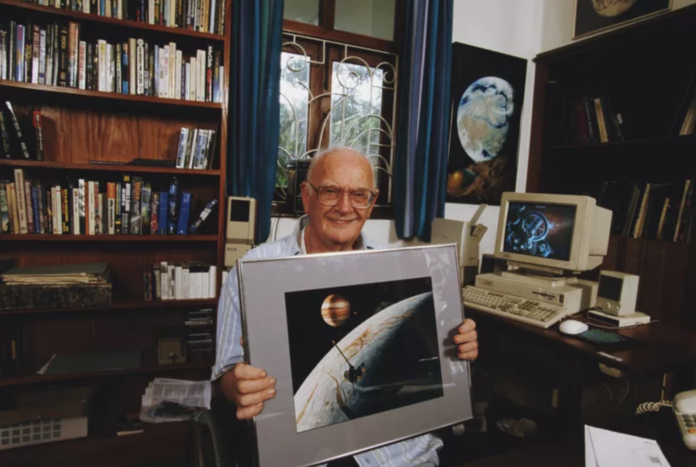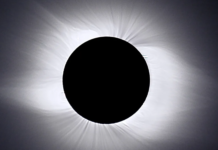Clarke’s Laws are a series of three rules attributed to science fiction legend Arthur C. Clarke, intended to help define ways to consider claims about the future of scientific developments. These laws do not contain much in the way of predictive power, so scientists rarely have any reason to explicitly include them in their scientific work.
Despite this, the sentiments that they express generally resonate with scientists, which is understandable since Clarke held degrees in physics and mathematics, so was of a scientific way of thinking himself. Clarke is often credited with having developed the idea of using satellites with geostationary orbits as a telecommunications relay system, based on a paper he wrote in 1945.
Clarke’s First Law
In 1962, Clarke published a collection of essays, Profiles of the Future, which included an essay called “Hazards of Prophecy: The Failure of Imagination.” The first law was mentioned in the essay although since it was the only law mentioned at the time, it was called just “Clarke’s Law”:
Clarke’s First Law: When a distinguished but elderly scientist states that something is possible, he is almost certainly right. When he states that something is impossible, he is very probably wrong.
In the February 1977 Fantasy & Science Fiction magazine, fellow science fiction author Isaac Asimov wrote an essay entitled “Asimov’s Corollary” which offered this corollary to Clarke’s First Law:
Asimov’s Corollary to the First Law: When, however, the lay public rallies round an idea that is denounced by distinguished but elderly scientists and supports that idea with great fervor and emotion — the distinguished but elderly scientists are then, after all, probably right.
Clarke’s Second Law
In the 1962 essay, Clarke made an observation which fans began calling his Second Law. When he published a revised edition of Profiles of the Future in 1973, he made the designation official:
Clarke’s Second Law: The only way of discovering the limits of the possible is to venture a little way past them into the impossible.
Though not as popular as his Third Law, this statement really defines the relationship between science and science fiction, and how each field helps to inform the other.
Clarke’s Third Law
When Clarke acknowledged the Second Law in 1973, he decided that there should be a third law to help round things out. After all, Newton had three laws and there were three laws of thermodynamics.
Clarke’s Third Law: Any sufficiently advanced technology is indistinguishable from magic.
This is by far the most popular of the three laws. It is invoked frequently in popular culture and is often just referred to as “Clarke’s Law.”
Some authors have modified Clarke’s Law, even going so far as to create an inverse corollary, though the precise origin of this corollary isn’t exactly clear:
Third Law Corollary: Any technology distinguishable from magic is insufficiently advanced
or, as expressed in the novel Foundation’s Fear,
If technology is distinguishable from magic, it is insufficiently advanced.








